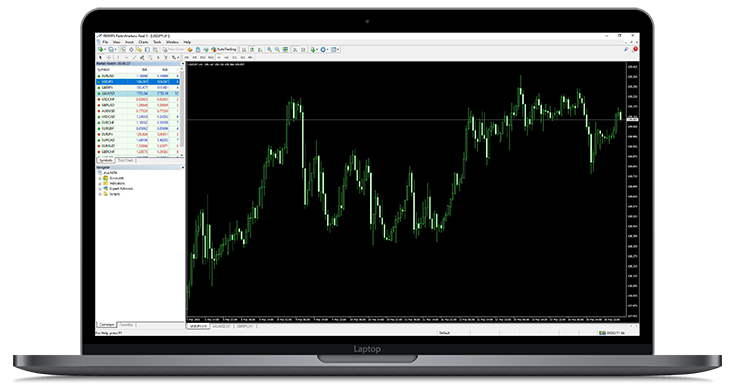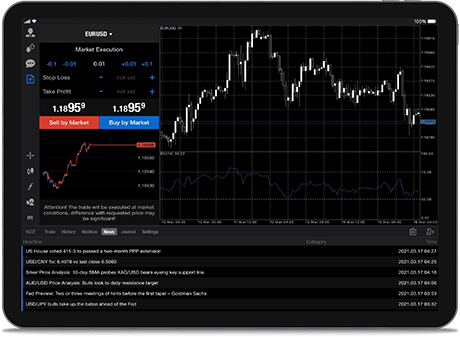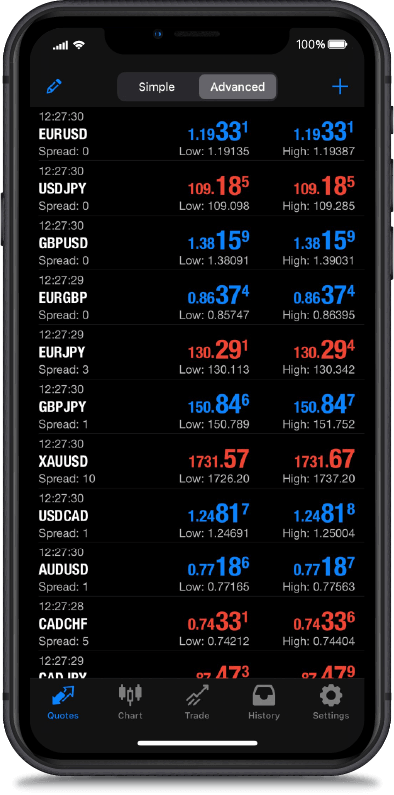IL PROPRIO BROKER DI RIFERIMENTO
PER IL TRADING
PER IL TRADING
Accedi a oltre 350 prodotti inclusi i CFD su forex,
su azioni, su indici e su metalli con le piattaforme MT4 e MT5
su azioni, su indici e su metalli con le piattaforme MT4 e MT5
SPREAD IN TEMPO REALE
EUR / USD
SPREAD
0.00
OFFERTA
-----
CHIEDI
-----
XAU / USD
SPREAD
0.90
OFFERTA
-----
CHIEDI
-----
EUR / JPY
SPREAD
0.10
OFFERTA
-----
CHIEDI
-----
USD / JPY
SPREAD
0.00
OFFERTA
-----
CHIEDI
-----
GBP / USD
SPREAD
0.20
OFFERTA
-----
CHIEDI
-----
I prezzi in tempo reale sono solo indicativi.
STANDARD
Nessuna commissione
PIPS
XAU/USD
PIPS
EUR/USD
PIPS
USD/JPY
PIPS
EUR/JPY
PIPS
GBP/USD
PIPS
EUR/GBP
- Deposito minimo $100
- Leva massima 1 : 500
RAW
Commissione bassa
$2.5/lato
PIPS
XAU/USD
PIPS
EUR/USD
PIPS
USD/JPY
PIPS
EUR/JPY
PIPS
GBP/USD
PIPS
EUR/GBP
- Deposito minimo $100
- Leva massima 1 : 500
TIPO DI CONTO
CHE MEGLIO SI ADATTA
CHE MEGLIO SI ADATTA
A RADEX MARKETS, ci impegniamo ad offrire configurazioni ed esecuzioni di trading competitive.
MIGLIORARE IL PROPRIO TRADING VIAGGIARE CON NOI
Fare trading come mai prima d'ora con le nostre funzionalità ottimali. La nostra piattaforma semplice e intuitiva consente di navigare nei mercati con facilità.











